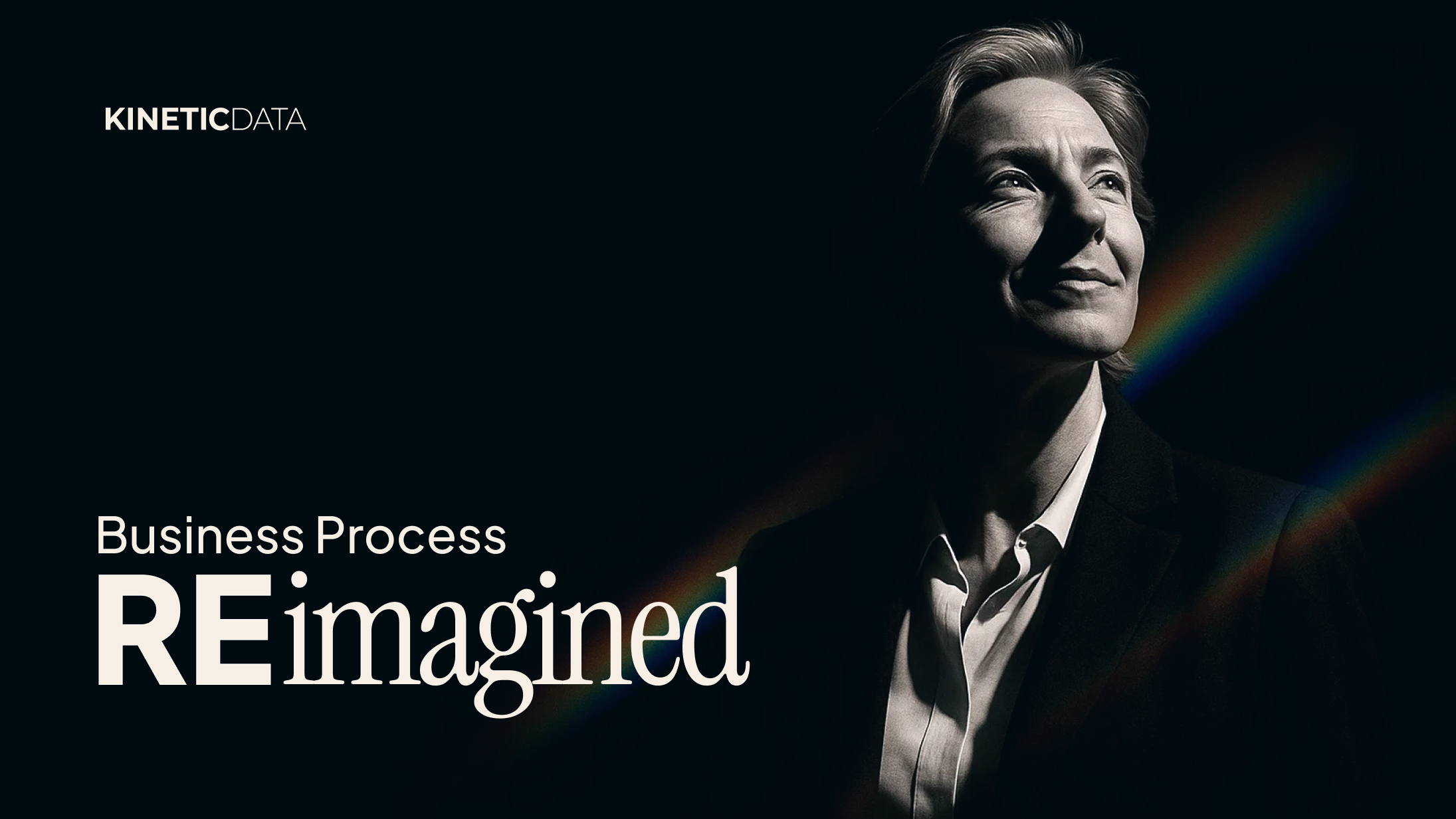Comprehensive Guide to Enterprise IT Service Automation
IT support automation uses software workflows, rule engines, AI/ML, and integrations to automate...
Most organizations today offer some form of self-service to their users. Employee portals, customer support centers, and IT service desks all claim to provide "self-service" capabilities—often...

Most organizations today offer some form of self-service to their users. Employee portals, customer support centers, and IT service desks all claim to provide "self-service" capabilities—often powered by expensive BPM platforms that promised unified experiences. But when users still struggle to find what they need, when processes remain fragmented across multiple systems despite BPM orchestration promises, and when costs continue to rise despite automation efforts, it's time to ask: is this really self-service, or just another BPM ticket factory?
True self-service goes far beyond providing a digital form or knowledge base—or a BPM portal that collects requests but requires manual backend processing. It represents a fundamental shift in how organizations deliver digital experiences, free from the constraints and vendor lock-in that plague traditional BPM platforms.
A self service portal is more than just a digital interface for completing tasks. It's a strategic framework where:
When implemented properly, true self-service transforms the relationship between users and technology. Instead of adapting to the limitations of individual systems—or the rigid workflows imposed by BPM platforms—users interact with services through intuitive interfaces designed around how they actually work.
Traditional self-service implementations—especially those built on legacy BPM platforms—often fall short because they're built system-by-system or locked within a single vendor's ecosystem. Each platform provides its own portal, its own workflows, and its own user experience. BPM vendors promised to unify this fragmentation, but instead created new silos within their own proprietary frameworks. The result is still digital fragmentation:
For users, this creates a disjointed experience where finding the right service means remembering which system handles which request—and hoping the BPM workflows actually work. For organizations, it means higher licensing costs from per-user BPM models, redundant development efforts from consultant dependency, and limited flexibility to evolve as needs change without triggering expensive professional services engagements.
True self-service creates a unified digital experience by separating what users see from the systems that fulfill their requests—without forcing everything into a monolithic BPM platform. This separation happens across three layers (what we call BPM Reimagined):
By separating these layers, organizations gain unprecedented control over how services are delivered—control that traditional BPM platforms take away through vendor lock-in and proprietary frameworks. Changes in one layer don't require rebuilding the others or calling BPM consultants, creating flexibility that traditional BPM approaches simply can't match.

When all your technology works together through a unified self-service framework—orchestrated through BPM Reimagined principles instead of rigid BPM workflows—entirely new possibilities emerge:
True self-service breaks down departmental silos by orchestrating processes across organizational boundaries—not through proprietary BPM data fabrics that lock you in, but through open integration patterns. When a new employee joins, a single onboarding request can trigger coordinated actions across HR, IT, facilities, and finance—all while providing a unified view of status and next steps, even across systems your BPM platform can't reach.
This cross-functional capability means:
With true self-service, the experience adapts to who's using it. A manager sees approval tasks prominently displayed. A new employee sees onboarding resources. A field technician sees location-based work orders.
These contextual experiences increase relevance by:
Instead of navigating different portals for different services—or being trapped in a BPM vendor's generic interface—users access everything through one consistent experience. Whether they need IT support, HR assistance, or customer service, the interface and interaction patterns remain familiar.
This unified approach delivers:
True self-service doesn't just digitize existing processes. It transforms them. By combining data from multiple systems with process automation, organizations can create intelligent workflows that adapt to changing conditions and make smart recommendations—without being constrained by BPM platform limitations.
These intelligent capabilities include:
Organizations that implement true self-service see tangible benefits across multiple dimensions:
When GreenState Credit Union implemented true self-service for employee lifecycle management, they achieved more than just automation. Their solution created a seamless experience that follows employees from hiring through role changes and eventual departure.
The result is a coordinated process where:
This integration eliminates manual coordination, reduces errors, and ensures consistent handling of employee transitions—all while making the process transparent to everyone involved. And they achieved this without the vendor lock-in, consultant dependency, or rigid workflows that would have come with a traditional BPM platform implementation.
For USDA's Digital Infrastructure Services Center, true self-service meant unifying access to diverse cloud services. Instead of separate portals for each service offering, they created a single experience where users can:
This unified approach not only improved the user experience but also reduced support costs, stabilized licensing expenses, and accelerated service delivery across the organization—all without forcing system consolidation onto a BPM vendor's platform or accepting the limitations of traditional BPM orchestration.
Moving toward true self-service is a journey that requires rethinking how digital experiences are delivered—and often, rethinking the BPM platforms that promised to solve these problems but created new ones. While the technical components are important, success depends equally on organizational alignment and a willingness to break down traditional silos—and break free from BPM vendor constraints.
The most successful implementations start with identifying high-impact user journeys that cross departmental boundaries. By focusing on these end-to-end experiences and building orchestration that works across all your systems (not just BPM-integrated ones), organizations can demonstrate value quickly while building momentum for broader transformation.
As the journey progresses, organizations typically see a virtuous cycle where:
True self-service represents a significant departure from traditional approaches to digital experience—including the rigid, vendor-locked BPM platforms that dominated enterprise automation for the past decade. By separating the experience layer from business processes and backend systems through BPM Reimagined principles, organizations gain unprecedented control over how services are delivered without vendor lock-in.
This control translates directly into:
The question isn't whether your organization needs self-service. Nearly every modern enterprise does. The real question is whether your current approach—especially if it's built on a traditional BPM platform—delivers the seamless, unified experience that users expect and the operational benefits that executives demand, or whether it's time to embrace BPM Reimagined.
As digital experiences become increasingly central to organizational success, true self-service isn't just a nice-to-have. It's becoming essential for maintaining competitive advantage in a rapidly evolving digital landscape.
If you're interested in seeing how true self-service—built on BPM Reimagined principles instead of legacy BPM limitations—could transform your organization's digital experience, we invite you to schedule a personalized demo with our team. We'll show you how the Kinetic Platform enables organizations to take control of their digital future through unified experiences, flexible processes, and seamless integration—without the vendor lock-in, consultant dependency, or rigid workflows of traditional BPM platforms.
During your session, we'll explore:
No pressure, no sales pitch – just a practical conversation about what true self-service could mean for your organization.

IT support automation uses software workflows, rule engines, AI/ML, and integrations to automate...

Business process reimagined is the strategic renewal of how work gets done by combining modern digital...

You've probably noticed (what we're calling) the "logo-swap test" lately: all the AI ads in market sound...